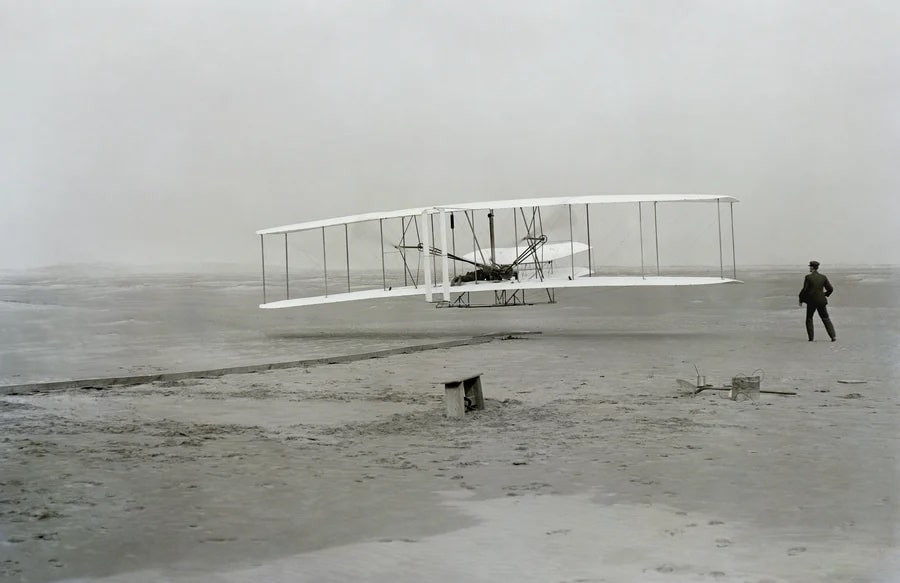To obtain a patent, an inventor must file an application with the US Patent & Trademark Office (“USPTO”). The most important part of the application — and often the most difficult part to draft — is setting out in words what the invention is. This is called the “patent claim.” In essence, the patent claims explain the invention in ordinary words. It is called a “claim” because the Patent Act requires that the applicant “shall claim” and describe the “subject matter” of the invention. From the claims, the USPTO can determine if the invention is patentable.
Any given patent application can have many claims. The USPTO has specific rules on how claims are to be drafted and formatted. For example, each claim is to be provided on a separate sheet. Each claim should also have three parts: a preamble, a transitional phrase and the claim body. A preamble is just a word or a few words giving context for the claimed invention. Examples might be: “a digging device” or “a headgear apparatus” (as in the example below). Examples of transitional phrases include:
- “Comprising”
- “Consisting essentially of”
- “Consisting of”
- And other words or phrases
The claim body describes and defines the invention such as structure and/or acts and/or parts in clear, full and concise terms. See examples below.
Drafting patent claims is complex and takes experience and skill. The scope of the patent protection is limited by the claim or claims as they are written in the patent application. If the claim(s) are drafted too narrowly, then the patent protections are less broad than they could be. This gives competitors the opportunity to “design around” the patent and market a similar product without infringing on the patent. But, if the claim(s) are too broad, then there is a risk that the patent will be denied because the proposed patent is covered by prior art or previous patents.
Generally, the USPTO allows two types of patent claims — independent and dependent claims. An independent claim is one that, as drafted, has all the limitations to fully define the invention. All patent applications have at least one independent claim. By contrast, a dependent claim is a claim that refers to a previous claim set forth in the application. A dependent claim must further limit the independent claim.
The USPTO provides examples of independent and dependent claims from a patent application for a multiple component headgear system (a visor and eye shield secured by a headband that wraps around the head). See here at pp. 18ff. Here are three of the USPTO’s examples:
Claim 1: Independent claim —
1. A headgear apparatus comprising:
a headband member having a frontal portion;
a visor member removably secured to said frontal portion of said headband; and
an eye shield member removably secured to said frontal portion of said headband.
Claim 2: Dependent claim —
2. A headgear apparatus as in claim 1, wherein said eye shield member is adjustable with respect to said headband member.
Claim 3: Additional dependent claim —
3. A headgear apparatus as in claim 1, wherein said headband member is made of neoprene fabric.
Notice how each dependent claim refers to the independent claim. And, as required, each dependent claim adds further limits to the independent claim.
Contact Revision Legal
For more information or if you have an invention or design that you want to patent, contact the patent lawyers at Revision Legal at 231-714-0100.




